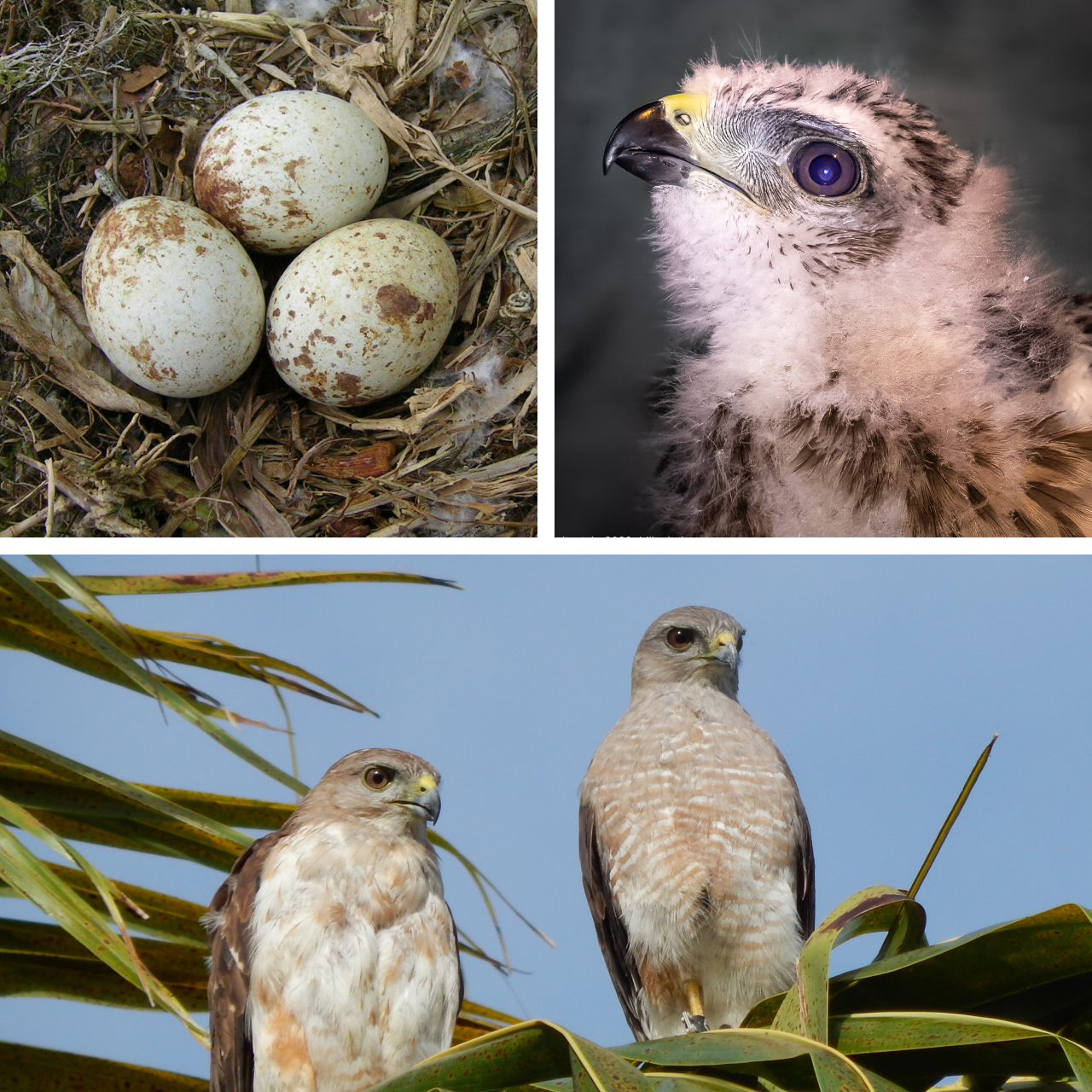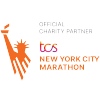
Russell Thorstrom
Green Status Assessment for Ridgway’s Hawk Completed
The Peregrine Fund has conducted its very first Green Status of Species assessment on the Ridgway’s Hawk. Green Status of Species assessments are somewhat new to the field of wildlife conservation, created in 2020 by the International Union for Conservation of Nature (IUCN) to complement the well-known and widely-referenced IUCN Red List of Species. The IUCN Red List assesses the risk of a species’ extinction, while the IUCN Green Status of Species assesses the potential of the species’ full recovery. The Green Status examines how populations have changed over time, what impacts conservation actions have had, how dependent the species is on continued conservation action, and what the long-term recovery potential is for the species. This then generates a “Green Score,” which is a percentage of recovery potential ranging from 0% (extinct in the wild) to 100% (fully recovered).
Our scientists performed this rigorous analysis for the first time with the Ridgway’s Hawk to demonstrate the impacts of our current and future conservation efforts on species recovery. The Ridgway’s Hawk’s Green Score is 17%, ranking it as currently “Critically Depleted.” A slight improvement in the species’ Green Score was shown in the short term over the next 10 years from 17% to 21% (Largely Depleted). But significant conservation gains are likely over the long term (100 years) with a projected Green Score of 71% (Moderately Depleted), based on realistic conservation assumptions and expansion into areas historically occupied by the species.
We are encouraged by the IUCN’s new Green Status initiative and current focus on the positive impacts of conservation and for providing a metric for gauging a species’ potential for recovery. We are planning to conduct additional Green Status of Species assessments for other species that we manage.






